Descripción
Los vehículos aéreos no tripulados (a veces vehículos aéreos no tripulados o incluso sistemas, UAV o UAS) se están volviendo cada vez más comunes en todo el mundo. Originalmente reservados a organizaciones militares muy secretas, ahora son utilizados de forma rutinaria por equipos de filmación, granjeros, equipos de búsqueda y rescate, aficionados, etc. Se han superado la mayoría de las dificultades tecnológicas para construir un sistema que pueda iniciar, despegar, cumplir una misión y regresar sin intervención humana, y la adopción más amplia de estas tecnologías ahora es principalmente una cuestión de costo, aceptación pública y aprobación regulatoria.
Los únicos desafíos tecnológicos restantes se refieren esencialmente al grado de autonomía a bordo y la toma de decisiones que pueden proporcionar estos vehículos. Si se pueden mantener comunicaciones seguras y sólidas con un piloto en tierra para proporcionar capacidades de toma de decisiones, se pueden lograr misiones muy ambiciosas con bastante facilidad. La toma de decisiones a bordo está menos avanzada, pero los desarrollos continúan a buen ritmo. Los orígenes de nuestro interés en los UAV provienen de los muchos años que hemos pasado en el negocio del diseño, tanto práctico como académico, docente e investigador. Esto nos ha expuesto a una gran cantidad de actividad relacionada en los sectores aeroespacial y marino, cuyos procesos han cambiado considerablemente a lo largo del tiempo que hemos estado involucrados.
Un tema recurrente ha sido la rápida evolución en el conjunto de herramientas de software utilizado para ayudar a los diseñadores, y es en esta área en la que nos hemos comprometido principalmente. Para nuestros puntos de vista, es central una forma de ver el diseño de ingeniería que distingue entre síntesis (el negocio de generar descripciones nuevas o modificadas de artefactos) y análisis (donde uno usa las leyes de la física, los experimentos y la experiencia pasada para evaluar la probable o real desempeño del artefacto diseñado). Es por el uso del análisis formal y la experimentación para atribuir valor a un artefacto que el diseño de ingeniería se distingue de otras formas de diseño.
Por lo tanto, para ser útiles en el mundo del diseño de ingeniería, las herramientas deben ayudar a describir el producto o proceso que se está diseñando, analizarlo o respaldar la entrega e integración de estos procesos, todo lo demás es solo burocracia: el diseño siempre debe verse como un proceso de toma de decisiones. En este libro nos enfocamos en un aspecto particular del área de rápido crecimiento de la tecnología UAV: el diseño, construcción y operación de UAV de ala fija de bajo costo en la clase de peso máximo de despegue (MTOW) de 2 a 150 kg que se encuentran a bajas velocidades subsónicas. Dichos vehículos pueden ofrecer plataformas robustas de larga duración capaces de operar durante 10 horas o más con presupuestos muy por debajo de $100 000, a menudo menos de $10 000. Pueden transportar cargas útiles significativas y operar desde instalaciones terrestres relativamente simples. A continuación, se expone un enfoque para el diseño y la construcción de estos vehículos aéreos no tripulados, desarrollado durante muchos años en la Universidad de Southampton. Si bien existen, sin duda, muchas otras formas válidas de producir vehículos aéreos no tripulados, la que se describe aquí funciona para nosotros, proporcionando plataformas efectivas de bajo costo para la enseñanza, la investigación y la explotación comercial.
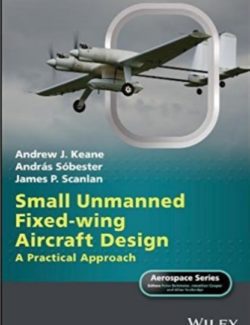
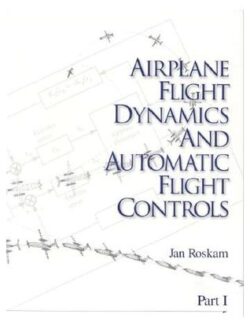
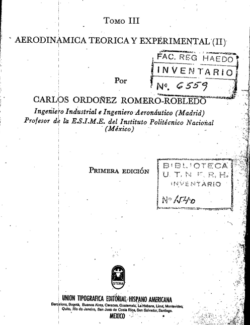
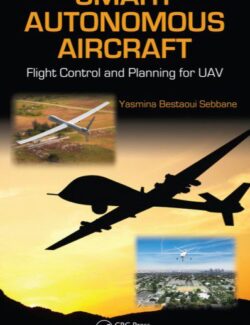
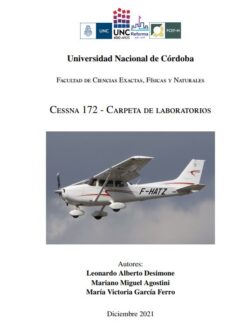

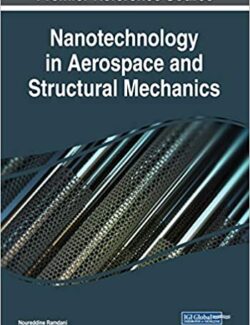
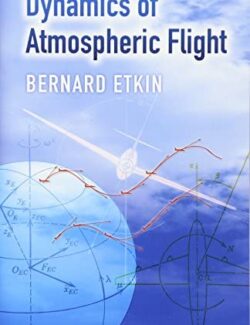


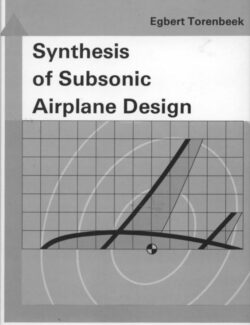

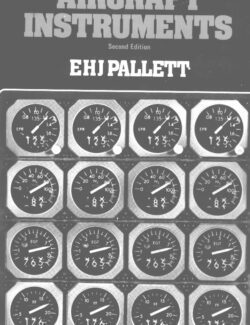
Déjanos un comentario
No hay comentarios